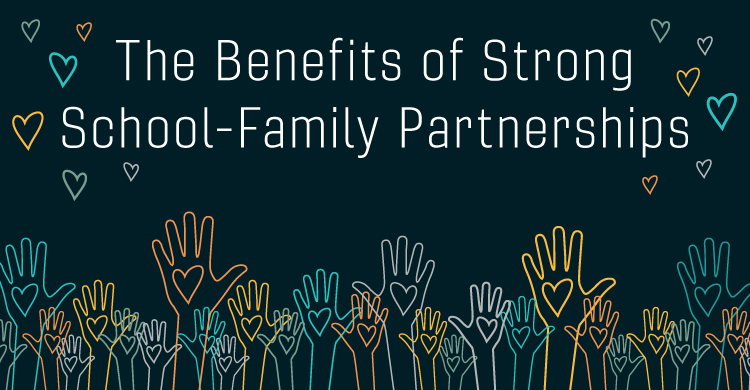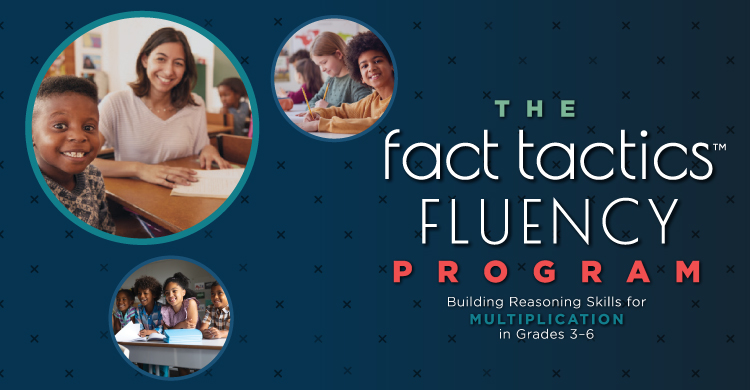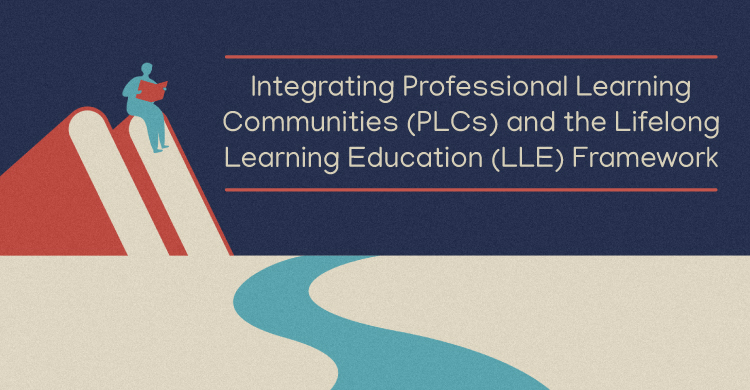Last #mathmonday, we explored the idea of structured versus unstructured and discussed setting up routines, procedures, and roles to support building an exceptional mathematics classroom community. Once students understand the daily expectations for their individual success, the next step is to focus on building a community of learners.
John Hattie and Gregory Yates (2014) provides perspective on the importance of acquiring complex skills through social interactions.
Information communicated through instruction, interpersonal contact, direct social modeling, and verbal transmission, can be durable, more securely available, and more strongly validated, than knowledge constructed through an individual’s unaided inductive reasoning. (p. 79)
Thinking back to my professional learning with Jerry Cummins, the strategies he modeled throughout the day were built on William’s premise—students develop a better understanding of the mathematics when they are required to collectively make sense of the mathematics, challenge and ask questions of each other during the process, and defend their thinking to the community. So how do you create a community of learners where the students depend on each other? Let’s examine the third big idea in positive learning environment: there’s no I in team.
(3) No I in team
What I learned from Jerry Cummins was that I had to focus on how I engaged all members of each student team. Just asking students to sit together in teams of four was not enough. When I first moved my desks into this formation, I saw some students immediately began to learn from each other and some students consistently opted to not engage. Their reasons for not engaging were not always the same. Some students were afraid that their responses were incorrect, some students were okay with waiting for others to complete the work, and others did not have the social skills to engage, to name a few. Whatever the reason, teachers and teams have to create opportunities within each lesson to overcome barriers and build positive interdependence within each student team.
- Positive Interdependence: Teachers create positive interdependence when students work together so one individual cannot succeed unless all group members succeed. Students need each other to complete the task. Think math survivor—no one is left behind! Jerry modeled several cooperative-learning structures to build positive interdependence: numbered heads together, think-write-pair-share, people search, round-table, pairs check, and round-robin. Once I started using these strategies, the students who typically waited for help, were more willing to participate because their peers were relying on them to participate. Not only were they learning more mathematics, they were learning how to listen to each other, how to build upon each others thinking, and how to critique the reasoning of others.
My lesson structures changed dramatically after my one day with Jerry Cummins. In each lesson I was more intentional on how every student would engage throughout the learning experience. My favorite before-and-after example is how I used Jeopardy. I loved using this game as a review day before a unit test. Before working with Jerry, I would have the students in teams of four and I would pose the question and one person was asked to respond for the team. What I noticed was that the same person would always respond on the whiteboard. After working with Jerry, I changed the format of Jeopardy. I would pose the question and every person in the room had one minute to write down their first attempt—then they would have to work with their team to make sure everyone knew how to respond. I would then randomly call on a person number and a team number and they had to be able to share their team’s thinking. My Jeopardy review became engaging for all and I would hear students walk out of class saying, “Math class went really fast today!”
Once we have learned how to continuously monitor the engagement in the mathematical discourse, we have to consider individual accountability within the community of learners. Look for this next #mathmonday as we explore the fourth and final big idea to creating a positive learning environment: Hitchhikers.
References:
Hattie, J., & Yates, G. (2014). Visible Learning and the Science of How We Learn. Routledge. UK
[author_bio id=”295″]





